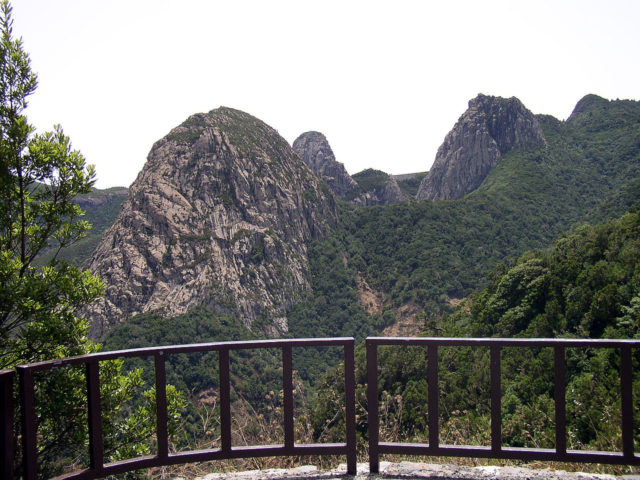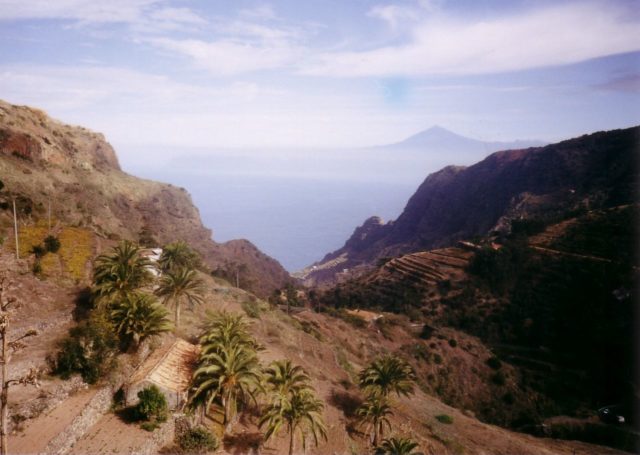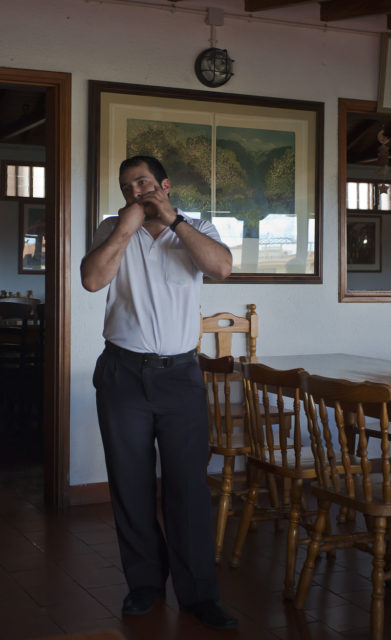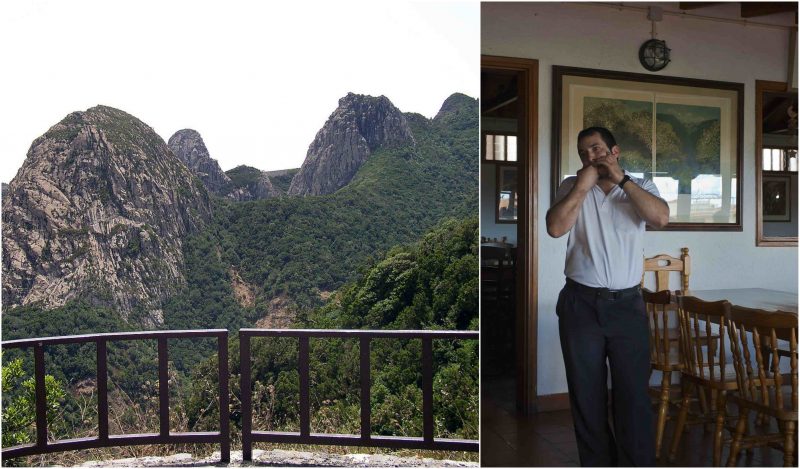With the advent of the internet, communication technology has evolved to a point where you are just one click away from interacting with the world. Recently, however, we heard about a rather amazing part of the world where the locals use an ancient form of communication.
In the rugged mountains of La Gomera, in the Canary Islands, the locals “speak” Silbo Gomero – an elaborate “whistle language” that allows them to communicate across the deep ravines and narrow valleys that radiate out across the island.
The human voice can only travel so far, but a whistle can carry on for miles. The speakers of Silbo Gomero can exchange messages over a distance of up to 5 kilometers.This peculiar yet fascinating method of communication is a transposition of Spanish from speech to whistling, replaced by four whistled consonants and two vowels. The whistles can be distinguished according to pitch and continuity.

The exact origin of the language is unknown, although in the 15th Century when the first European settlers arrived in La Gomera, the locals of the island were already using the whistle language. The Silbo Gomero was used as a common form of communication until the mid-20th Century. In the 1950s, due to economic decline, many Silbo Gomero speakers were forced to flee La Gomera and seek better jobs elsewhere. The innovation of the phone also contributed to the decline of the whistle language, as its role was mainly to help to overcome distance and terrain.

“The thing is that here, learning to whistle wasn’t a matter of pleasure. It was an obligation, a necessity. If you didn’t know how to do it, you would have to walk to give a message. And as the houses are far from each other, and there were no roads or phones, whistling was easier than walking,” Lino Rodriguez, an old whistler told the BBC.

By the 1980s, the whistling sound was rarely heard in the area as there were only a few Silbo speakers left in La Gomera. But in the 1990s, it had a comeback as the community made efforts to revitalise the language. More than a decade ago, the local government made Silbo Gomero a local school subject, and the local children are learning to whistle so as to keep the tradition alive. In 2009, this whistle language was declared by UNESCO as a Masterpiece of the Oral and Intangible Heritage of Humanity.
